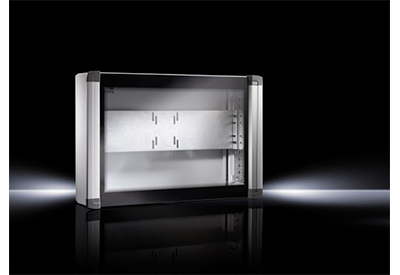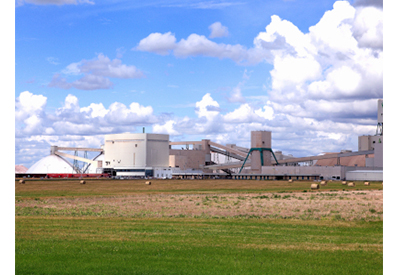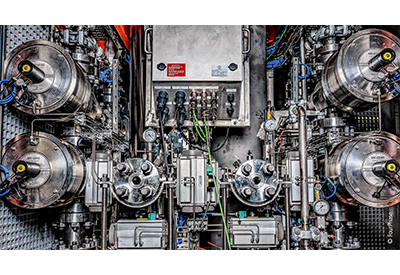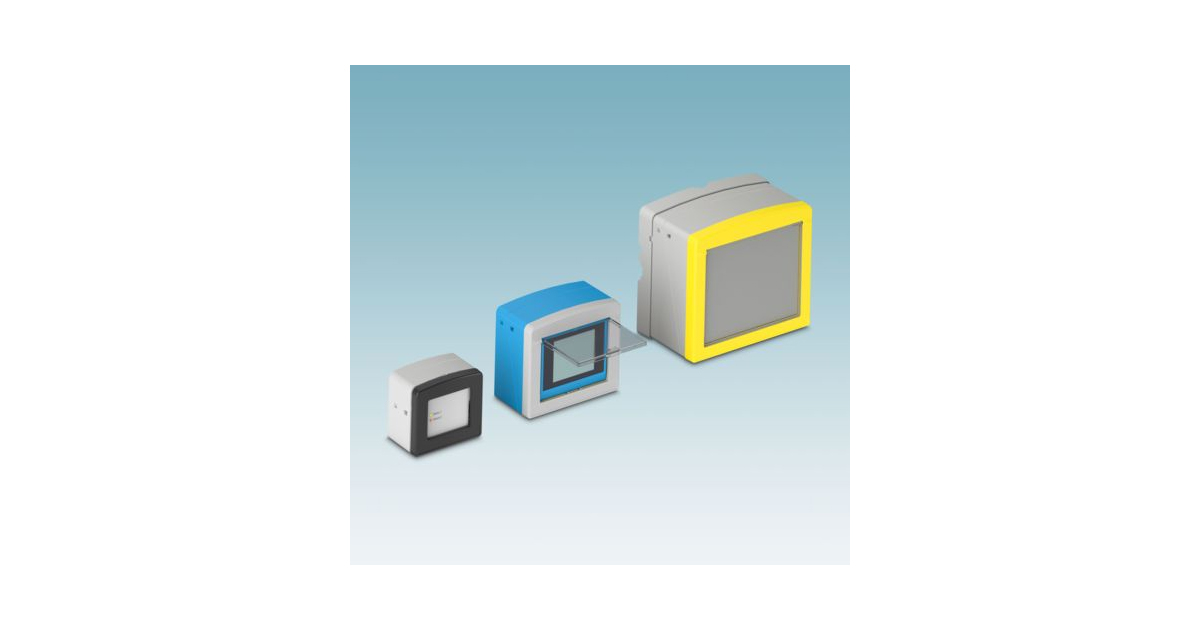The Silent Killer: How Condensation Shortens Battery Life and Threatens Your Enclosed Electronics
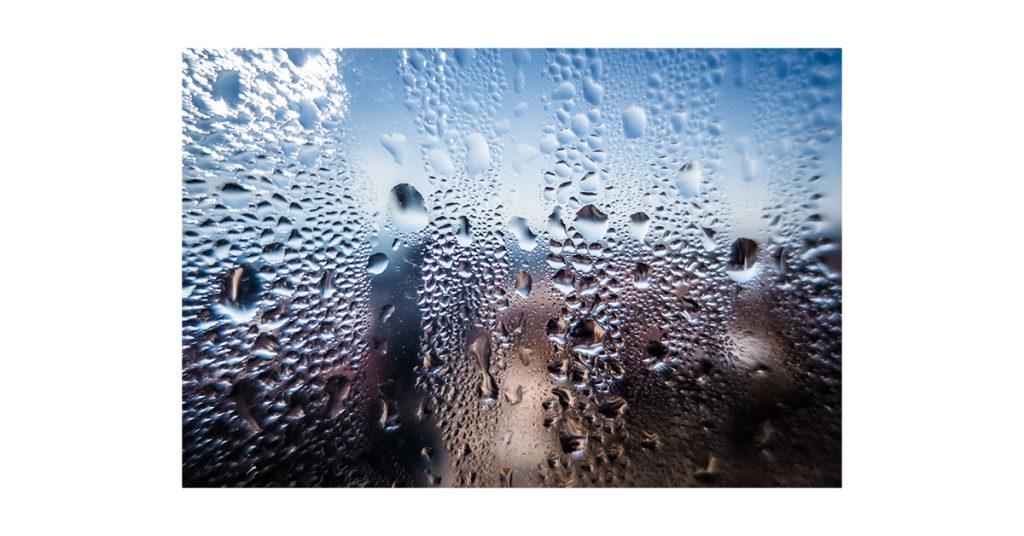
July 9, 2024
Imagine driving on a rainy day and your car windows start to fog up. You wipe the condensation away and everything seems fine. Imagine a similar scenario, but your valuable electronics, instead of your car windows, are fogging inside their enclosure. This everyday event can lead to disastrous consequences for your electronics – including shortened battery life and potential device failure.
WHAT CAUSES CONDENSATION?
Condensation is a natural process that occurs when warm air comes into contact with a surface colder than the surrounding air’s dew point. In outdoor electronics enclosure condensation is usually caused by
- temperature changes
- high humidity
- inadequate sealing
- heat generated from running electronics in combination with ambient cold temperature
Any of these cause warm air inside the enclosure to meet a cold surface on a printed circuit board (PCB) or battery. Moisture then condenses into droplets and forms a thin layer of water on the PCB or battery.
WHY IS CONDENSATION A PROBLEM FOR ENCLOSED ELECTRONICS?
Electronic devices are designed to operate within specific environmental conditions, including humidity levels. Excessive moisture can interfere with the device’s proper functioning, leading to malfunctions or sudden shutdowns.
1. RUSTED ELECTRONIC COMPONENTS
Condensation induces the formation of rust on metal parts. As corrosion advances, it weakens connections and reduces the overall efficiency of the electronics. Over time, the device will malfunction and fail.
2. DAMAGE TO PRINTED CIRCUIT BOARD (PCB) TRACES
Exposing a PCB’s copper traces to an electrolytic liquid (even a mild electrolyte like water) starts an instant flow of electricity between the traces. Continued electrical flow pulls off copper oxide, creating a green buildup similar to what you see on a car battery connection.
There are two types of corrosion that can cause a PCB (or battery) to fail:
- Galvanic Corrosion: The electrolytes in a liquid pull off enough copper oxide to break a trace and stop feeding power to the right locations.
- Dendritic Corrosion: The electrolytes pull the copper out of one trace and create an entirely new trace, which reroutes the connection, modifying the intended design, and breaking the device.
Damaged PCB traces can also cause devastating data loss, even if the device continues to function.
3. FIRE HAZARD
Water inside an enclosure increases the likelihood of electrical shorts caused by current flows along unintended paths. These shorts can result in sparks, overheating, or even fires, posing a significant safety hazard.
4. SHORTENED BATTERY LIFE
When a battery is exposed to condensation, the water can penetrate the battery cell, increasing internal resistance. Higher internal resistance reduces energy efficiency, causing the battery to drain faster and eventually be unable to recharge.
Also, as discussed above in #2, condensation can promote the growth of dendrites inside batteries, especially in lithium-ion batteries. While it may not fail instantly after exposure, the battery slowly loses charging capability over time. Eventually, it will die completely as the device cannot pull enough power from the new trace.
5. REDUCED EFFECTIVE BATTERY CAPACITY
Electrolytes are essential for the movement of ions within the battery, facilitating energy flow. Water can dilute the electrolyte, affecting the battery’s capacity and performance over time.
HOW TO PREVENT CONDENSATION
Focusing on proper enclosure design is essential to mitigate the risks of condensation and shortened battery life. This includes selecting moisture-resistant materials, incorporating effective seals and gaskets, and providing adequate ventilation to regulate internal temperature and humidity.
Cabinet heaters: Prevent temperature drops inside your enclosure and ensure the warm interior air is evenly distributed.
Filter fans: Prevent overheating and the impairment of installations reliably.
Thermostats and Hygrostats: Ensure ideal conditions in your enclosures and switch cabinets with temperature and humidity control systems: temperature regulators and hygrostats control and regulate connected heaters, filter fans, and heat exchangers in both AC as well as DC applications (DC regulators).
Remote monitoring systems: Provide predictive and proactive data to ensure you are always ahead of potential condensation-induced problems.
Desiccants are substances used to absorb moisture and maintain low humidity levels inside electronics enclosures. Silica gel packs and other desiccant materials can be strategically placed within the enclosure to keep the internal environment dry and condensation-free. However, desiccants may lose their effectiveness over time.
Consistent maintenance is crucial to prevent condensation-related issues. Regularly inspecting and cleaning the enclosure, checking for any signs of moisture, and replacing damaged seals or gaskets can go a long way in preserving the longevity and performance of your electronic devices.
SUMMARY
Condensation poses significant risks to outdoor enclosed electronics and batteries. The seemingly harmless presence of water can lead to corrosion, electrical shorts, and data loss while also affecting battery performance and lifespan. Understanding the dangers of condensation and taking proactive measures to protect your electronic devices can save you from costly replacements and ensure uninterrupted productivity. By prioritizing proper enclosure design, implementing environmental monitoring, and practicing regular maintenance, you can safeguard your investments and keep your electronics running at their best.


